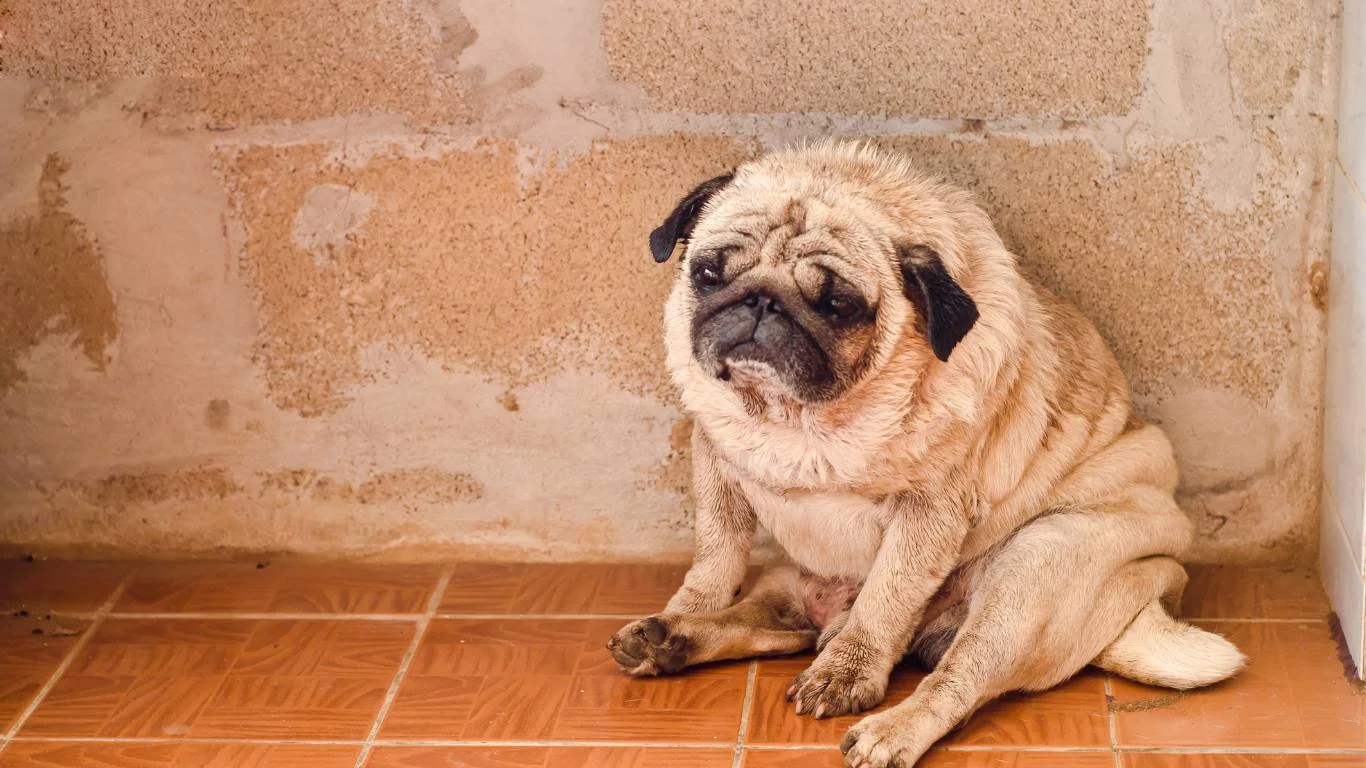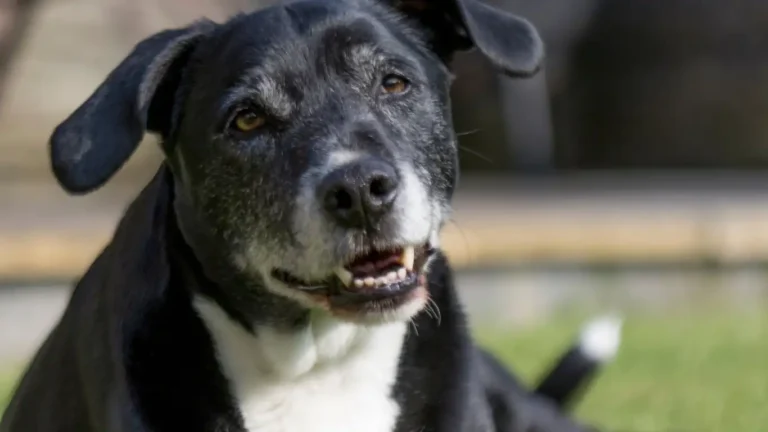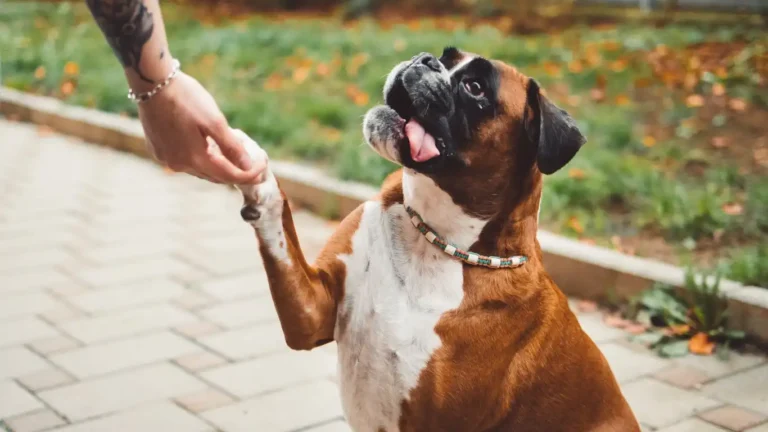How to Help a Dog with Hip Dysplasia: Effective Solutions to Relieve Pain
As a veterinary assistant with a passion for animal nutrition, I’ve seen my fair share of dogs struggling with various health issues, and one condition that frequently pops up is hip dysplasia. If you’re wondering how to help a dog with hip dysplasia, you’re not alone. Hip dysplasia is one of the most common orthopedic issues in dogs, especially in larger breeds, but with the right approach, you can significantly improve your dog’s quality of life. Let me take you through some important things you should know and the steps you can take to help your furry friend feel more comfortable.
What is Hip Dysplasia in Dogs?
Before we dive into how to help a dog with hip dysplasia, it’s important to understand exactly what it is. Hip dysplasia is a genetic condition that affects the hip joint. It happens when the ball and socket of the joint don’t fit together properly, which causes abnormal wear and tear. Over time, this can lead to arthritis, pain, and discomfort for your dog.
It’s not just about discomfort either. Dogs with hip dysplasia often struggle with mobility, and their day-to-day activities like running, jumping, and playing can become increasingly difficult. You might notice them limping or avoiding certain movements. Some dogs might even start showing signs of irritability due to the pain.
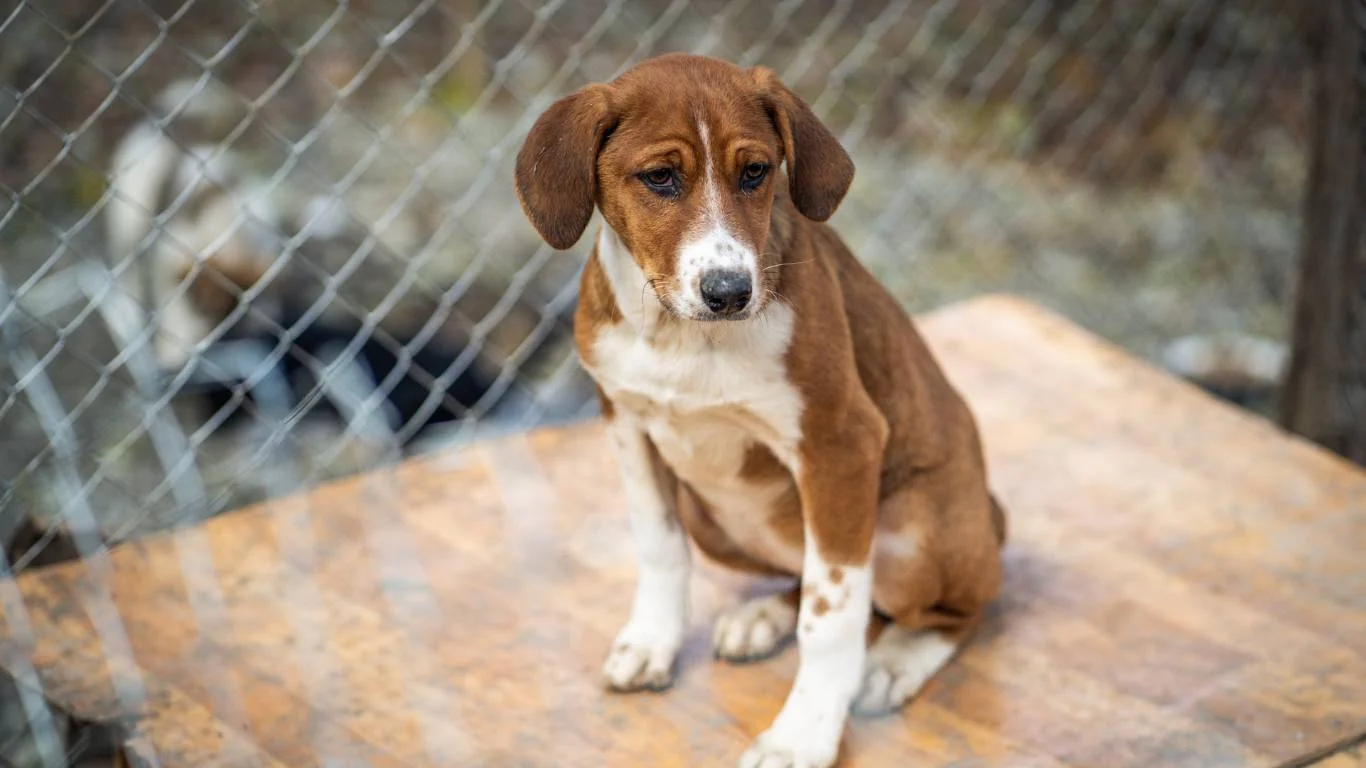
Signs and Symptoms of Hip Dysplasia
Now, let’s talk about the signs and symptoms to look out for. Since hip dysplasia can develop slowly over time, it’s crucial to catch it early. The earlier you intervene, the more effective the treatment can be. So, here are some common signs that your dog may have hip dysplasia:
- Limping or lameness: Your dog may have a noticeable limp or favor one leg over the other.
- Difficulty standing up: If your dog is struggling to get up after lying down, it might be due to pain or stiffness in the hips.
- Reluctance to exercise: Hip dysplasia can make physical activity uncomfortable, so your dog might avoid walks or playing with you.
- Swollen or painful joints: The affected area may be tender to the touch, and the joint could become visibly swollen.
- Behavior changes: Dogs in pain might become more irritable, less social, or exhibit signs of anxiety.
If you notice any of these signs, it’s a good idea to visit your vet for a proper diagnosis. Sometimes, dogs might not show severe symptoms at first, so keep an eye on subtle changes in their behavior.
Diagnosing Hip Dysplasia in Dogs
So, you suspect your dog might have hip dysplasia. What’s next? A trip to the vet is essential. The diagnosis process usually starts with a physical examination. Your vet will likely feel around the hip joint, check for signs of pain, and assess the range of motion. If they suspect hip dysplasia, they’ll most likely recommend an x-ray to confirm the condition. X-rays are a great way to get a clear picture of the hip joint and see how much damage has been done.
Sometimes, additional tests like CT scans or ultrasounds may be necessary if the case is particularly complicated. But in most cases, the x-ray results will provide all the information your vet needs to make an accurate diagnosis.
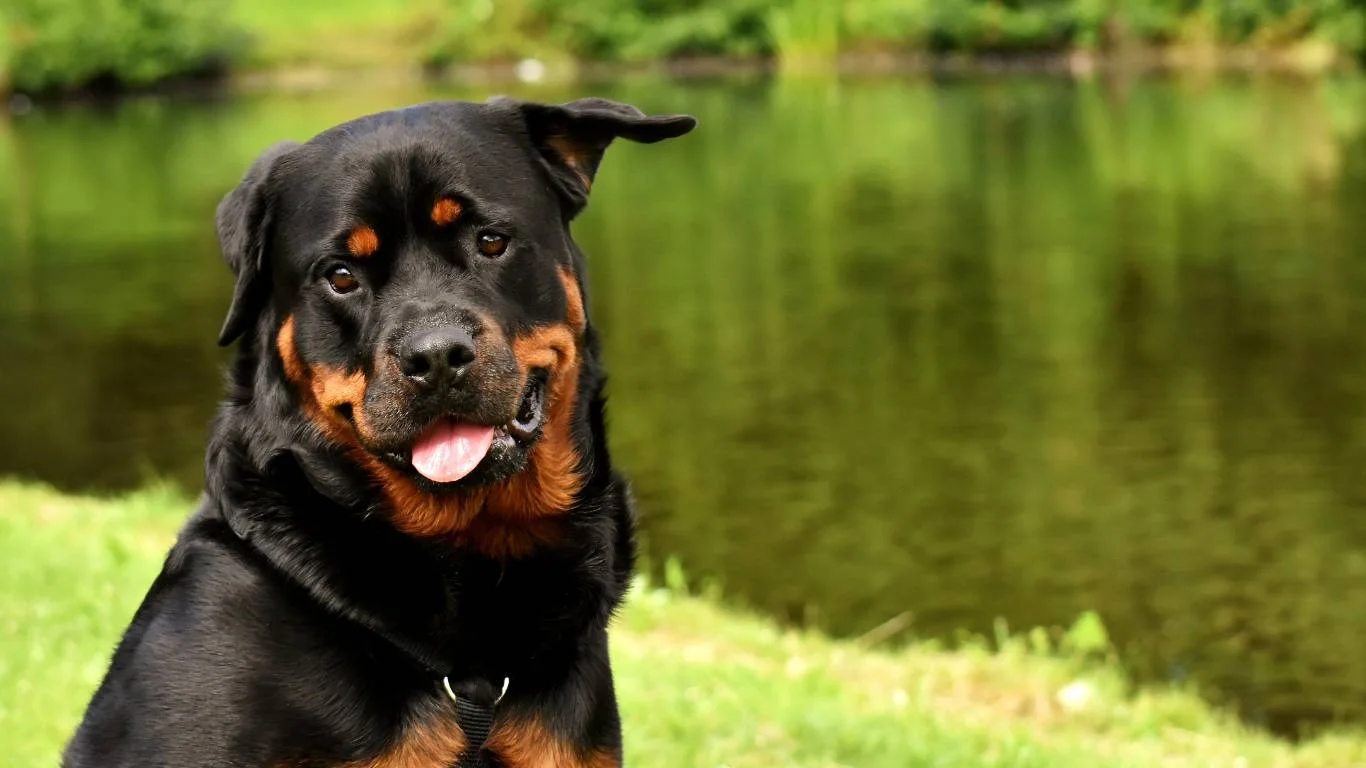
Treatment Options for Hip Dysplasia
Once your dog is diagnosed with hip dysplasia, the next step is figuring out how to help them. The treatment plan can vary depending on the severity of the condition, your dog’s age, and overall health. Some dogs may benefit from more conservative methods, while others may need surgical intervention. Let’s take a closer look at some of the most common treatment options:
Non-Surgical Treatment
Many dogs with hip dysplasia can manage their symptoms through non-surgical treatments. These methods can help relieve pain, improve mobility, and slow the progression of arthritis. Here are some non-surgical options that you can consider:
- Weight management: One of the easiest ways to help your dog is by keeping their weight under control. Extra weight puts additional strain on their hips, worsening the symptoms. A healthy diet and regular exercise can make a world of difference.
- Physical therapy: Just like humans, dogs can benefit from physical therapy to help strengthen the muscles around the hip joint. Exercises like swimming are particularly helpful because they provide a low-impact way to improve mobility.
- Joint supplements: Supplements containing glucosamine, chondroitin, and omega-3 fatty acids can help reduce inflammation and promote joint health. These are great for long-term care and can make a noticeable difference in your dog’s comfort level.
- Medications: Non-steroidal anti-inflammatory drugs (NSAIDs) can help manage pain and inflammation. In more severe cases, your vet may recommend stronger pain relievers.
These treatments are usually the first line of defense for dogs with mild to moderate hip dysplasia. If you’re working with your vet to try these options, make sure to follow their instructions carefully and monitor your dog’s progress.
Surgical Treatment
In more severe cases, surgery may be necessary. There are a few different surgical options for treating hip dysplasia, ranging from less invasive procedures to full joint replacements. Some of the most common surgical treatments include:
- Femoral head ostectomy (FHO): This procedure involves removing the femoral head (the ball part of the joint) to relieve pain and allow the remaining bone to form a false joint.
- Hip replacement: This is the most drastic measure and involves replacing the entire hip joint with a prosthetic. It’s usually recommended for older dogs or those with very severe cases of dysplasia.
- Triple pelvic osteotomy (TPO): TPO involves cutting the pelvic bone and rotating it to help improve the fit of the hip joint. This is often done in younger dogs before arthritis sets in.
Surgical options can be highly effective but also require a longer recovery time and a commitment to post-surgery rehabilitation. Your vet will help guide you through these decisions and suggest the best approach for your dog.
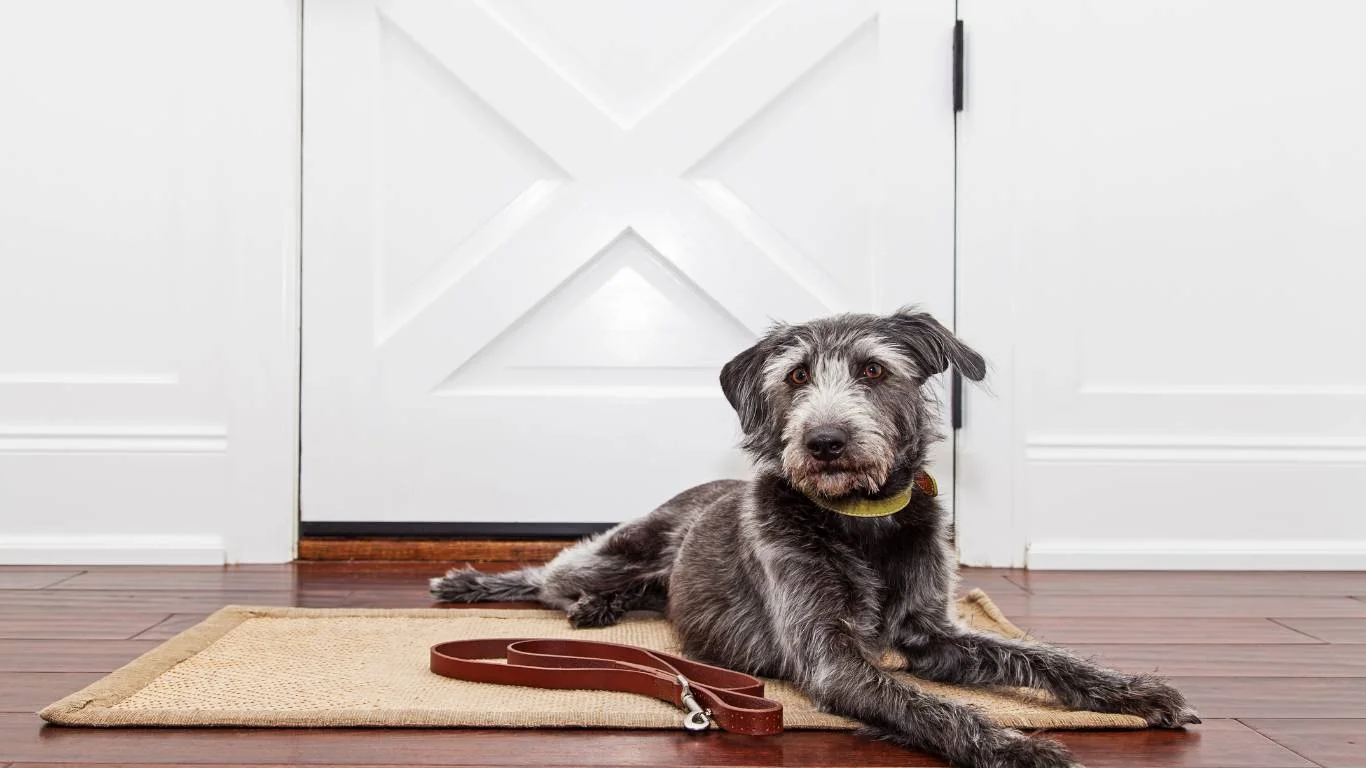
Maintaining Mobility with Hip Dysplasia
Once you’ve tackled the diagnosis and explored both non-surgical and surgical treatments, the next important step is focusing on maintaining your dog’s mobility. After all, the key to helping your dog live a happy life with hip dysplasia is not just managing the pain but also keeping them active and engaged. Regular exercise, in the right forms, can keep their muscles strong and help stabilize the hips, so let’s dive into the best ways to maintain mobility in dogs with hip dysplasia.

Low-Impact Exercise: The Magic of Swimming
As someone who’s worked with dogs suffering from hip dysplasia, I can’t emphasize enough how beneficial low-impact exercise can be. When it comes to keeping your dog active while minimizing joint stress, swimming is your best friend. Not only does swimming help to build and tone muscles, but it also provides a full-body workout without putting extra weight on the hips.
Most dogs enjoy swimming, and it’s an excellent way to maintain joint flexibility and muscle mass. Water supports your dog’s weight, reducing strain on the hip joints while allowing them to move freely and comfortably. If you don’t have access to a pool or lake, many veterinary clinics or dog rehabilitation centers offer underwater treadmills. These are specialized machines that provide the same benefits as swimming, with the added bonus of being under professional supervision.
Controlled Walks and Gentle Stretches
If swimming isn’t an option, don’t worry! Controlled walks are another great way to keep your dog moving. Regular, short walks on soft surfaces (like grass or dirt) are ideal since hard pavement can be rough on their joints. Start with shorter walks and gradually increase the duration as your dog builds strength and endurance. Avoid long hikes or running until your dog has been cleared by the vet.
Another great way to help maintain flexibility and mobility is through gentle stretching. I’ve seen firsthand how beneficial this can be, especially in older dogs with arthritis. Just like us, stretching helps to increase the range of motion in the joints and prevent stiffness. Be sure to keep the stretches slow and controlled—no sudden jerks. If you’re unsure how to do it, ask your vet or a dog physical therapist to demonstrate the correct techniques.
Nutrition: The Cornerstone of Joint Health
Diet plays a major role in managing hip dysplasia, and I’ve seen plenty of cases where proper nutrition made a huge difference in how well dogs handled the condition. The right food can help reduce inflammation, support joint repair, and even slow the progression of arthritis. So, let’s talk about the key elements you need to focus on when feeding a dog with hip dysplasia.

Joint-Supporting Supplements
One of the most common recommendations from vets is adding joint supplements to your dog’s diet. Supplements like glucosamine and chondroitin help to maintain cartilage health and reduce joint inflammation. These are typically available in easy-to-give chewable tablets, or you can add them to your dog’s food. I’ve found that some dogs seem to feel a noticeable improvement in their movement after a few weeks of supplementing their diet.
In addition to glucosamine and chondroitin, omega-3 fatty acids (usually derived from fish oil) can help reduce inflammation in the joints. If your dog is picky about taking pills, there are even flavored versions of these supplements available to make them more appealing.
Anti-Inflammatory Foods
Did you know that certain foods can naturally help reduce inflammation? Incorporating more omega-3-rich foods like salmon or sardines into your dog’s diet can be a game-changer. These fatty acids help to reduce the pain and swelling that can come with hip dysplasia. Some pet owners also swear by adding turmeric to their dog’s food because of its natural anti-inflammatory properties. But be sure to check with your vet before making any significant changes to your dog’s diet, especially if you plan to add new foods or supplements.
Preventing Further Damage: The Importance of Weight Control
If you’ve got a dog with hip dysplasia, keeping their weight at a healthy level is absolutely essential. Extra pounds add more strain to the hips and can accelerate the damage caused by the condition. I’ve seen cases where a dog’s condition improved significantly just by shedding a few pounds, so don’t underestimate the power of weight management.

Portion Control and Feeding Schedule
The first step to weight management is making sure you’re feeding your dog the right amount of food. Overfeeding, even if it’s just a little extra, can quickly lead to weight gain. When I worked as a veterinary assistant, I often helped owners figure out the right portion size for their dog’s breed, age, and activity level. The right food amount varies from dog to dog, but the key is to avoid free-feeding. Instead, follow a feeding schedule and measure out each meal to ensure consistency.
If your dog is overweight, your vet can help you create a weight loss plan that’s both safe and effective. This usually involves reducing their caloric intake and gradually increasing their exercise. It’s essential not to rush weight loss, as rapid changes can cause other health problems.
Choosing the Right Food for Dogs with Hip Dysplasia
There are special diets formulated specifically for dogs with joint issues, and these can be incredibly beneficial for managing hip dysplasia. Look for foods that are labeled as “joint health formulas” or “weight management,” as they typically contain a mix of high-quality proteins, healthy fats, and joint-supporting nutrients like glucosamine. Some brands even have formulas with added antioxidants to support overall health.
Keep an eye out for foods that also include green-lipped mussel extract, a natural supplement known for its anti-inflammatory effects on joints. It’s a fantastic addition to your dog’s diet if they’re suffering from hip dysplasia or any other joint-related issues.
Creating a Comfortable Living Environment
Finally, let’s talk about how to make sure your dog is as comfortable as possible in their daily life. Managing hip dysplasia isn’t just about exercise and diet; it’s also about creating an environment that reduces strain on their hips and joints. A few simple adjustments in your dog’s home environment can make a big difference in their comfort levels.
For example, soft bedding is essential for dogs with hip dysplasia. A firm bed can be too uncomfortable, but a cushioned, orthopedic bed will provide the right amount of support. I’ve seen how much a dog’s sleep quality improves when they’re provided with a supportive, memory foam bed.
Ramps and Stairs for Easy Access
If your dog struggles to get on and off furniture or into the car, investing in ramps or stairs can help alleviate the stress on their joints. These are especially helpful for dogs who enjoy lying on the couch or jumping into the backseat of the car. Instead of letting your dog make a big leap, a ramp or set of stairs allows them to walk up and down without putting unnecessary pressure on their hips.
Alternative Therapies for Dogs with Hip Dysplasia
In addition to the conventional treatments we’ve already discussed, there are some alternative therapies that have gained popularity in managing hip dysplasia in dogs. These treatments can complement traditional approaches and help to further alleviate pain and improve your dog’s quality of life. As someone who has worked with a variety of dogs dealing with this condition, I can tell you that exploring alternative therapies might just be the extra support your dog needs.
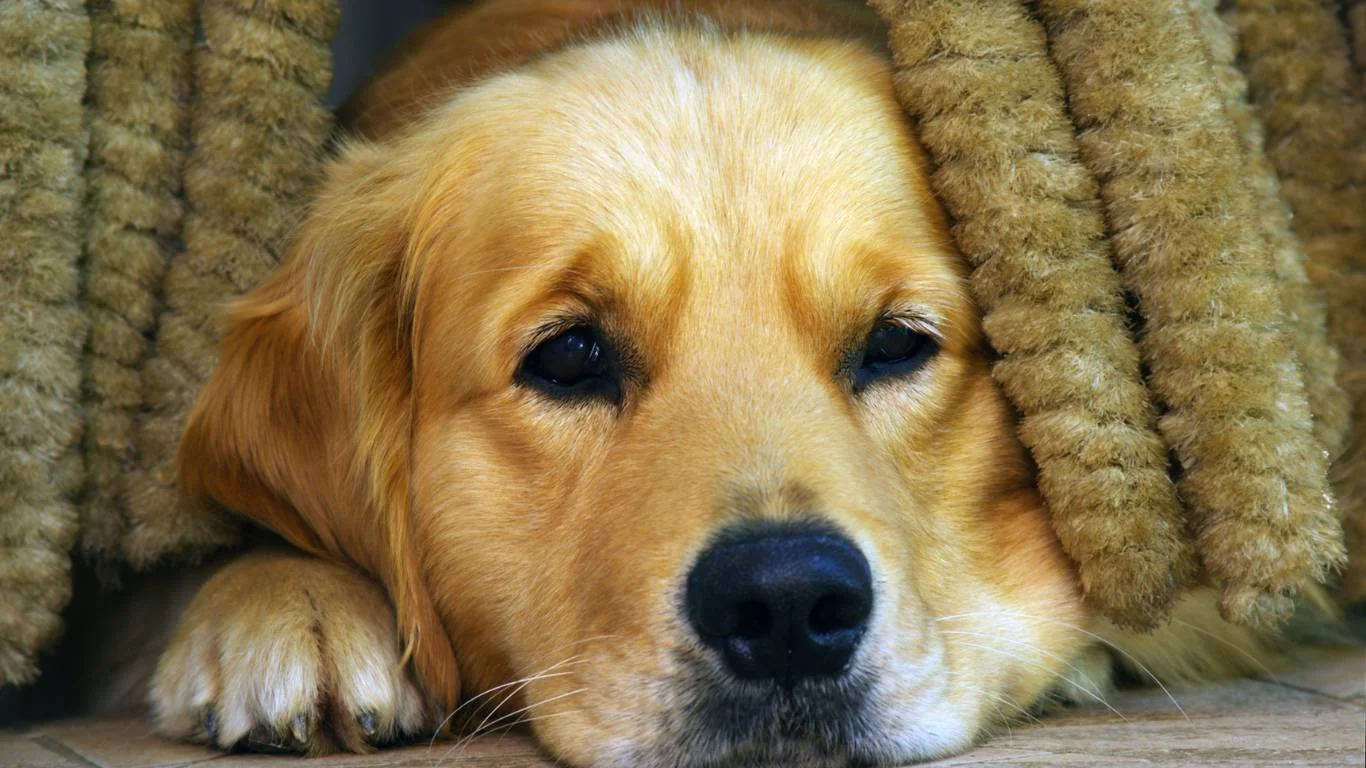
Acupuncture for Pain Relief
Acupuncture might seem like an unconventional treatment for your dog, but it’s something I’ve seen work wonders for some of the pups I’ve worked with. Essentially, acupuncture involves inserting very fine needles into specific points on the body to help stimulate blood flow and reduce pain. For dogs with hip dysplasia, acupuncture can be particularly effective in targeting areas of inflammation and discomfort around the hips.
The beauty of acupuncture is that it’s non-invasive, and many dogs tolerate it well. It can help to relax tense muscles, ease joint pain, and even promote the body’s natural healing processes. If you’re considering acupuncture for your dog, make sure to find a certified veterinary acupuncturist who has experience with hip dysplasia treatments.
Chiropractic Care for Joint Alignment
Chiropractic care is another alternative therapy that has shown positive results in helping dogs with hip dysplasia. A veterinary chiropractor uses spinal manipulation techniques to adjust misaligned joints and improve overall mobility. For dogs dealing with hip dysplasia, chiropractic adjustments can help alleviate pressure on the affected joint and improve their range of motion.
While chiropractic care may not fully resolve hip dysplasia, it can be a useful complementary therapy, particularly for dogs with secondary spinal or joint issues. I’ve seen it help many dogs move with more fluidity and ease, especially when combined with other treatments like physical therapy and proper nutrition.
Laser Therapy for Healing and Pain Relief
Another option to consider is laser therapy, which uses low-level lasers to promote healing in damaged tissues. This therapy has been used for many years in human medicine and has now made its way into veterinary care. Laser therapy can be particularly useful for dogs with hip dysplasia as it helps reduce inflammation, improve circulation, and stimulate tissue repair.
Laser therapy is quick, painless, and non-invasive, making it a popular option for pet owners looking to help their dogs without relying on medications or surgery. While it may not cure hip dysplasia, it can make a noticeable difference in managing symptoms and providing relief from pain and stiffness.
Living with a Dog with Hip Dysplasia: Tips for Everyday Life
Living with a dog who has hip dysplasia requires some adjustments in day-to-day life, but with a few changes, you can make things much easier for your dog. Let’s take a look at some of the most important tips for helping your dog live a comfortable and fulfilling life with hip dysplasia.
Creating a Supportive Routine
Having a predictable routine can help both you and your dog manage the condition better. It’s essential to keep up with their daily exercises, whether it’s a short walk, swim, or gentle playtime. Routine also helps manage your dog’s weight more effectively, which is crucial when dealing with hip dysplasia. If you’re consistent with their diet and exercise plan, you’ll likely see significant improvements in their mobility and comfort levels over time.
One thing to keep in mind is to avoid overexertion. Dogs with hip dysplasia may tire more easily than healthy dogs, so it’s essential to monitor their energy levels and adjust activities accordingly. If your dog starts limping or showing signs of discomfort, it’s okay to scale back on physical activity for the day.
Comfortable Resting Spaces
A comfortable resting space is another key factor in helping your dog manage their hip dysplasia. I’ve had many pet owners tell me that simply providing a better bed made a huge difference in their dog’s comfort. An orthopedic bed with memory foam can relieve pressure on the hips and joints, ensuring a good night’s rest. Avoid allowing your dog to sleep on hard floors, as this can exacerbate joint pain and stiffness.
Make sure your dog has a designated space where they can rest without being disturbed, and ensure that the area is easy for them to access. If stairs or furniture are a challenge for your dog, consider investing in ramps to make it easier for them to get around.
Helping Your Dog Maintain a Positive Outlook
Living with chronic pain or discomfort can be tough, not just for your dog but for you as a pet owner too. But one thing I’ve learned through my experience working with pets is that keeping your dog’s spirits up is just as important as managing their physical health. Engage in activities that keep them mentally stimulated and give them plenty of love and attention. This positive reinforcement helps to combat any frustration they may feel due to their limitations.
Socializing with other dogs (if possible), engaging in interactive games, and providing mental stimulation through toys or training can help keep your dog’s mind sharp and reduce feelings of boredom or depression.
When to Consider Euthanasia: A Difficult Decision
While we always hope for the best outcome, there may come a time when the pain from hip dysplasia becomes too severe, and your dog’s quality of life significantly deteriorates. As a veterinary assistant, I’ve seen how difficult it can be for owners to make the decision to euthanize their dog, especially after years of love and companionship. It’s never an easy choice, but sometimes it’s the kindest option to prevent further suffering.
If your dog’s mobility has decreased to the point where they can’t walk, stand, or move comfortably, and the pain is no longer manageable despite treatment, it’s important to have a frank discussion with your veterinarian. They can help guide you through the decision-making process, and ensure that your dog’s comfort is the top priority.
References
- American Kennel Club: Hip Dysplasia in Dogs
- Vetstreet: Understanding Hip Dysplasia
- Purdue University: Veterinary Teaching Hospital
Disclaimer: The information in this article is for informational purposes only and should not replace professional veterinary advice. Always consult with your veterinarian before making any changes to your dog’s treatment plan or diet. Each dog is unique, and what works for one may not work for another. The treatments and advice mentioned here are based on personal experience and should be tailored to your dog’s specific needs and health condition.
